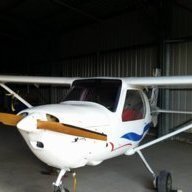-
Posts
871 -
Joined
-
Last visited
-
Days Won
4

Nightmare replied to Romeo Juliet Whiskey's topic in Student Pilot & Further Learning

Nightmare replied to Romeo Juliet Whiskey's topic in Student Pilot & Further Learning

Nightmare replied to Romeo Juliet Whiskey's topic in Student Pilot & Further Learning

Nightmare replied to Romeo Juliet Whiskey's topic in Student Pilot & Further Learning

Nightmare replied to Romeo Juliet Whiskey's topic in Student Pilot & Further Learning

Nightmare replied to gibby's topic in Aircraft Incidents and Accidents

Nightmare replied to gibby's topic in Aircraft Incidents and Accidents

